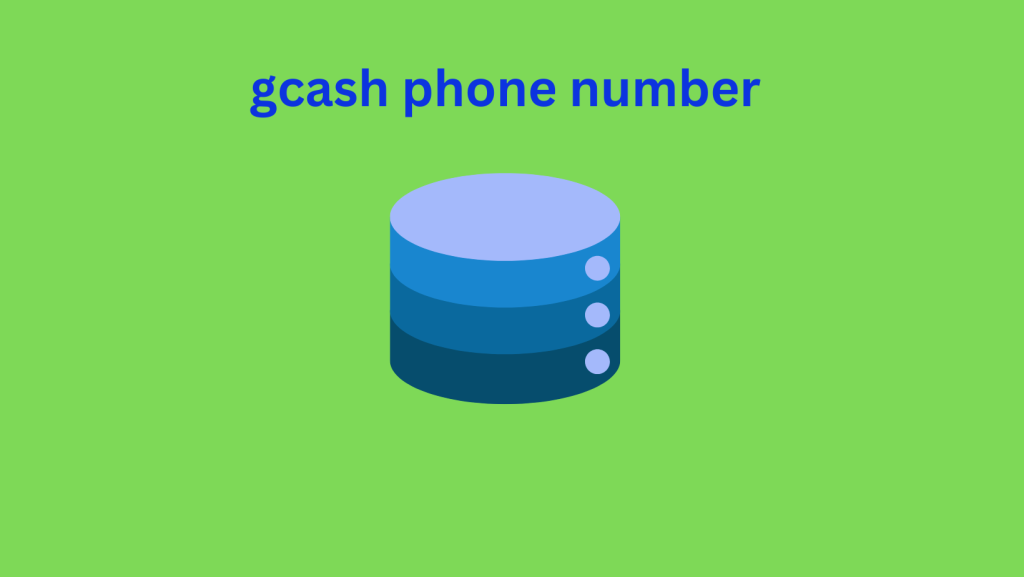PHP is a programming language widely used in web development. Like other languages, PHP works with a variety of data types that allow it to handle different types of information. In this article, we will explore the fundamental data types in PHP and how to perform conversions between them.
Fundamental Data Types in PHP
PHP has a number of fundamental data types that are used to represent different types of information. These data types include:
- Integers (int): Integers represent whole numbers, either positive or negative. For example, 5, -10, and 0 are integers in PHP. There is no fixed limit on the size of integers, meaning they can be quite large.
- Floats: Floats, also known as floating point numbers, are used to represent decimal numbers. For example, 3.14 or -0.005 are floats in PHP.
- Strings: Strings are sequences of characters. They can contain letters, numbers, symbols, and spaces. For example, “Hello, world” or “123” are strings in PHP.
- Booleans (bool): Booleans represent true or false values. In PHP, true and false are the only possible boolean values. They are used in logical evaluations and control structures, such as if statements .
- Arrays: Arrays are data structures that can hold multiple values. They can be indexed (numeric) or associative arrays (with custom keys).
- Objects: Objects allow you to define gcash phone number custom data structures using classes. Each object is an instance of a class and can have properties and methods.
- Resources: Resources are special data types used to represent external connections, such as database resources or files.
- Null: The null value represents the absence of a value. It is useful for initializing variables before assigning them an actual value.
Converting Data Types in PHP
In PHP, you often need to convert one data type to another to perform specific operations or to ensure compatibility. Here are some common ways to perform data type conversions:
Implicit Conversion
PHP performs implicit conversions make it easy for customers to get what they need automatically when possible. For example, if you add an integer and a float, PHP will convert the integer to a float and perform the addition. This is called implicit conversion because PHP handles the conversion for you.
$entero = 5;
$flotante = 3.14;
$resultado = $entero + $flotante; // $resultado será 8.14 (flotante)Explicit Conversion
You can also perform explicit ar numbers conversions in PHP. This involves specifying the data type you want to convert a value to using specific functions or operators. Some useful functions for data type conversion are intval() , floatval() , strval() , and boolval() .
$cadena = "123";
$entero = intval($cadena); // $entero será 123 (entero)Type Casting
PHP also supports type casting, which is a way to force data type conversion. You can use the (type) operators to perform type casting.
$numero = 3.14;
$entero = (int)$numero; // $entero será 3 (entero)Conclusions
In PHP, data types are fundamental to working with information efficiently and accurately. Understanding fundamental data types and how to convert between them is essential to developing robust and functional web applications. Whether through implicit conversions, explicit conversions, or type casting, PHP provides the tools necessary to effectively manage data types in your projects.

